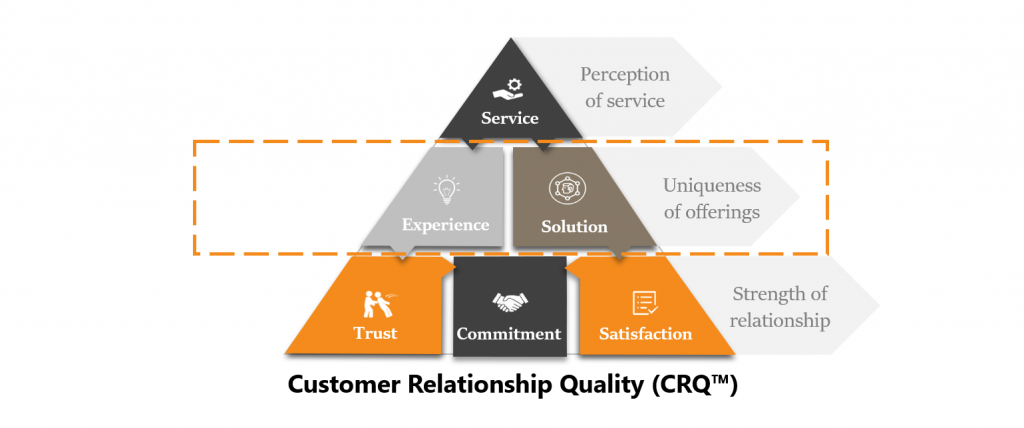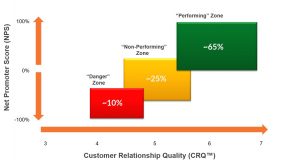The last time we met Susan and Bill, they were discussing survival tactics. Thankfully, they have managed to get the company back on an even keel – excuse the boating pun – over the past few months and now have a new challenge to face: becoming a ‘Unique’ company.
At the last board meeting, the CEO (an avid sailing enthusiast) asked them to prepare a strategy that would transform the company from an ‘Even Keel’ company to becoming the best in the marketplace.
“I don’t want us to be competing on price. I want us to be seen by our clients as leading edge in the market, innovative, really easy to do business with. Now it’s up to you two to make that happen. Get back to me by 23 September with a strategy for making this company ‘Unique’. And it better be good.”
Unfortunately, Susan and Bill are at loggerheads trying to plot a course towards that ‘Unique’ organisation that their CEO so desperately wants them to become.
EPISODE III: Becoming a ‘Unique’ Company

“Uniqueness is a simple sales concept. Uniqueness = More Sales. It really is as simple as that. We can become Unique if Bill and the product development team provides me with market-beating products. That’s the thing they can’t seem to grasp.”

“Becoming Unique is a complex brand concept. It’s how you are seen vis-à-vis the competition. We’re a services business and the differentiating factor is the quality of our service and account teams, not the products. That’s what Susan fails to grasp.”
Susan’s view is (as usual) very simple: “Give me decent products/services and I’ll sell them. If the products/services are unique, we’ll sell more of them. It’s not really my job to DESIGN them, so don’t go asking me about transforming this company into a unique organisation.”
Bill has a slightly more nuanced view. He accepts that it’s his job to translate customer needs into the sorts of products and services that the clients will love and buy, but he also makes the valid point that he and Susan are in a B2B services business. That means that Susan’s account teams (as well as the Service/Delivery teams) have a key role in crafting a Unique solution and experience for her clients.
Bridging the Gap
As usual, Bill is half-right. And so is Susan.
But let’s start by bringing a little clarity on the terms we are using. Let’s begin with a definition of what ‘Unique’ means in the B2B world.
In the B2B world, Uniqueness means that your clients have a fantastic Experience working with you, and that you provide a world-beating Solution for them.
Experience is a measure of how easy you are to do business with and if your clients see you as a true business partner that is critical to their success. You can have the best products or services in the world but if your clients can’t work with you, they won’t see you as a true business partner.
Solution is a combination of innovation, leading edge and value-for-money. These are three related but slightly different concepts. If you get good scores for all three, the chances are that you have an offering that can help your clients improve their standing in the marketplace in a way that none of your competitors can provide. When we talk about Solution we’re not just talking ‘product’. As Bill says, it’s as much about how the account managers, sales and delivery teams position your company’s product or service, as it is about the product/service itself.
Is your company ‘Unique’?
So when Bill and Susan’s CEO talks about wanting to be a Unique company, he’s really talking about building a B2B brand that excels at all the different elements that we group under the headings Solution and Experience. And that means the Bill and Susan need to work together to get all those elements right. But as the methodology above shows, you can’t build a unique B2B brand without having an excellent service to underpin it. So Bill and Susan and going to have to rope in the Operations Director as well. We wish them well on their journey.
Ultimately, the answer to the question about whether your company is Unique will be dictated by your customers. But you’ll never know if you don’t ask them.
Contact us if you want to find out.




